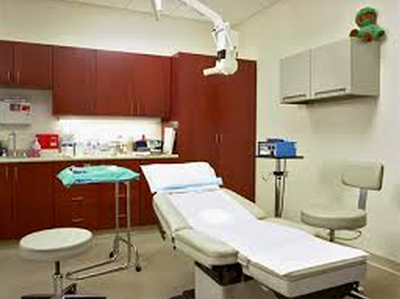
A quick list of medical office practice budgeting tips can help control dollars
Running a medical office practice takes more than superior medical skills. Solid financial acumen is critical to building up the business side, which will provide the tools and other resources needed to support a meaningful practice over the long run. Budgeting may not be a physicians favorite past time, but it?s absolutely necessary.
Medical schools don?t offer Budgeting 101 in part because most will have an office employee to manage the money and other administrative logistics. However, knowing ways to stretch every dollar on medical supplies and other expenses during these economic times makes good business sense. Having a solid financial plan allows for smart decision making and helps practices create and reach their goals.
As you review past data and guestimate future expenses and revenues, err on the conservative side. No year is identical to the last. Projecting income on the low end and expenses on the high end helps build some wiggle room into your financial planning.
~
Tips for budgeting
1. Get an early start. Creating a financial plan for the year ahead takes time, so start about two months before the next fiscal year. Gather data from the previous two quarters in order to analyze revenue and productivity. Then use this data to create realistic projections for the upcoming year.
2. Comb recent financial statements and identify where to trim expenses. Deciding what not to spend money on in the future is a vital step to ensuring more revenue is incoming than outgoing. This includes reviewing your current lease agreement and business accounts so you anticipate and plan for any escalating costs.
3. Assess the previous year?s marketing plan and expenses to determine which campaigns brought in new business. One easy way to tell which advertisements were effective is to offer different deals in different places. Review records to see which deals or coupons were used the most and you know where to continue advertising and where not to.
4. Commit to tracking all expenses consistently in order to know your cost of doing business. Throwing receipts in the same drawer doesn?t count. Use established protocols for cataloging medical office practice expenses in order to compare your numbers to current national statistics.
5. Use the benchmark data provided by the Medical Group Management Association (MGMA) ?Statistics Report on Medical and Dental Income and Expense Averages? to guide budgeting based on current expenses. Adjustments will need to be made to suit your unique practice, but the averages provided in the report on areas like accounts receivable and staffing will verify your numbers are in the right range.
6. Assess and re-asses how your actual expenses compare to the established budget. The time invested to create a financial plan is all for nothing if it?s not integrated into daily operations. When you find variances, or actual numbers that fall way out of the budgeted range, act.
Identify where additional expenses are coming from and adjust accordingly. If staff overtime is adding up disproportionately to incoming revenue, take a hard look at scheduling and encourage staff to find ways to better organize their time to reduce overtime.
7. Stick to it. This one bears repeating because a budget only works if it?s applied to every facet of the medical office practice. It takes discipline to adapt the budget to existing habits, but the end result of a healthier business is well worth the extra effort.
The aim of a successful practice is to provide the very best care to patients. Financial stress is a huge distraction for any business. Investing the time to create and implement a budget alleviates stress and has a direct impact on the quality of care administered.

